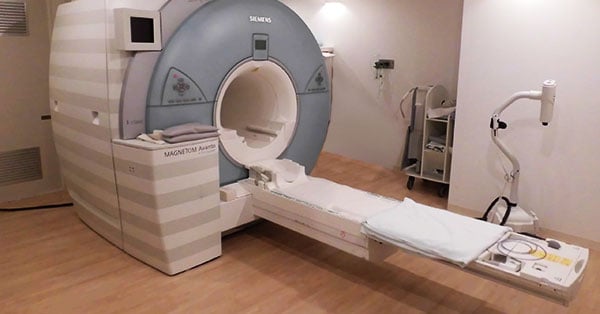
Refurbished, used, second-hand, pre-owned- not great options for underpants or toothbrushes but, more and more, a smart choice for medical imaging equipment. In many cases, however, hospitals and imaging centers get too hung up on the word "used" the value of a deal is more about how a seller applies the word "used" and what they really mean.
Below, we'll quickly scan through some common MRI keywords and how they relate and don’t relate to MRI systems being offered for sale on the secondary market.
Already have a used MRI scanner model in mind? Click here to see inventory!
Is MRI refurbishment necessary?
Without minimizing the complexity of an MRI installation project (and they ARE complex), let me say that MRIs just don’t take the pounding that other equipment does. With the exception of the table perhaps, there just aren’t a lot of moving parts so, while “light use” sounds good in marketing material, it really shouldn’t make much of a difference to a potential buyer- nor should learning that a system was performing 'round-the-clock patient scans.
While the word “Refurbishment” definitely sounds better than (pick your alternative word from the first sentence of the blog), the fact that the gantry doesn’t spin, doesn’t have a tube that will wear out, and doesn’t get pushed around from room to room makes refurbishment frequently unnecessary for MRI or, at the very least, an added cost that should be looked at very carefully.
Partial Refurbishment
Sometimes partial refurbishment is a better option. After an MRI machine is proven to be functional within OEM specifications a buyer may still want to look into some lighter, more cosmetic restoration (MRI coils, covers, table pads, etc.) to freshen up the parts of the system that do see some wear. Generally though, the amount of restorative work needed on a used MRI is nothing like the extensive work that’s put into a CT refurb, for instance.
Mind The Coldhead
One area where an MRI system sees consistent wear and replacement is often necessary is the coldhead. Expect this part to last around a couple of years (give or take). The age of the coldhead is something to note during an inspection as a coldhead approaching its end of life will result in some up-front costs to replace it. Shield temps that are outside the norm help to determine this. However, a coldhead that’s even two years old might not always be in need of immediate replacement. We have seen several instances of much longer life than that if the absorber (that filters out oil and contaminants) is changed out regularly. Keep this fresh and everything runs better – kind of like the oil filter in your car.
The Takeaway
Taken down to its essence, an MRI is basically a very large, very powerful magnet along with a fancy computer, a few coils, and a couple/three cabinets. These can be repaired, replaced, painted, upgraded, or added to, but if it’s not broken, cracked, chipped, burned, or quenched, the mere fact that the system is “used” shouldn’t mean you have to pay for a refurbishment process that replaces parts that are still functional and definitely doesn’t mean that you’re not getting a piece of high quality equipment that will last for years. Just make sure you do your homework. We can help with that!

Steve Rentz
Steve Rentz is the Product Manager for MRI Scanners at Block Imaging. Steve's goal is to earn each customer's trust and business by specifically addressing the needs of their unique project. When Steve is not helping customers with their MRI needs, he enjoys running, swimming, and woodworking.






